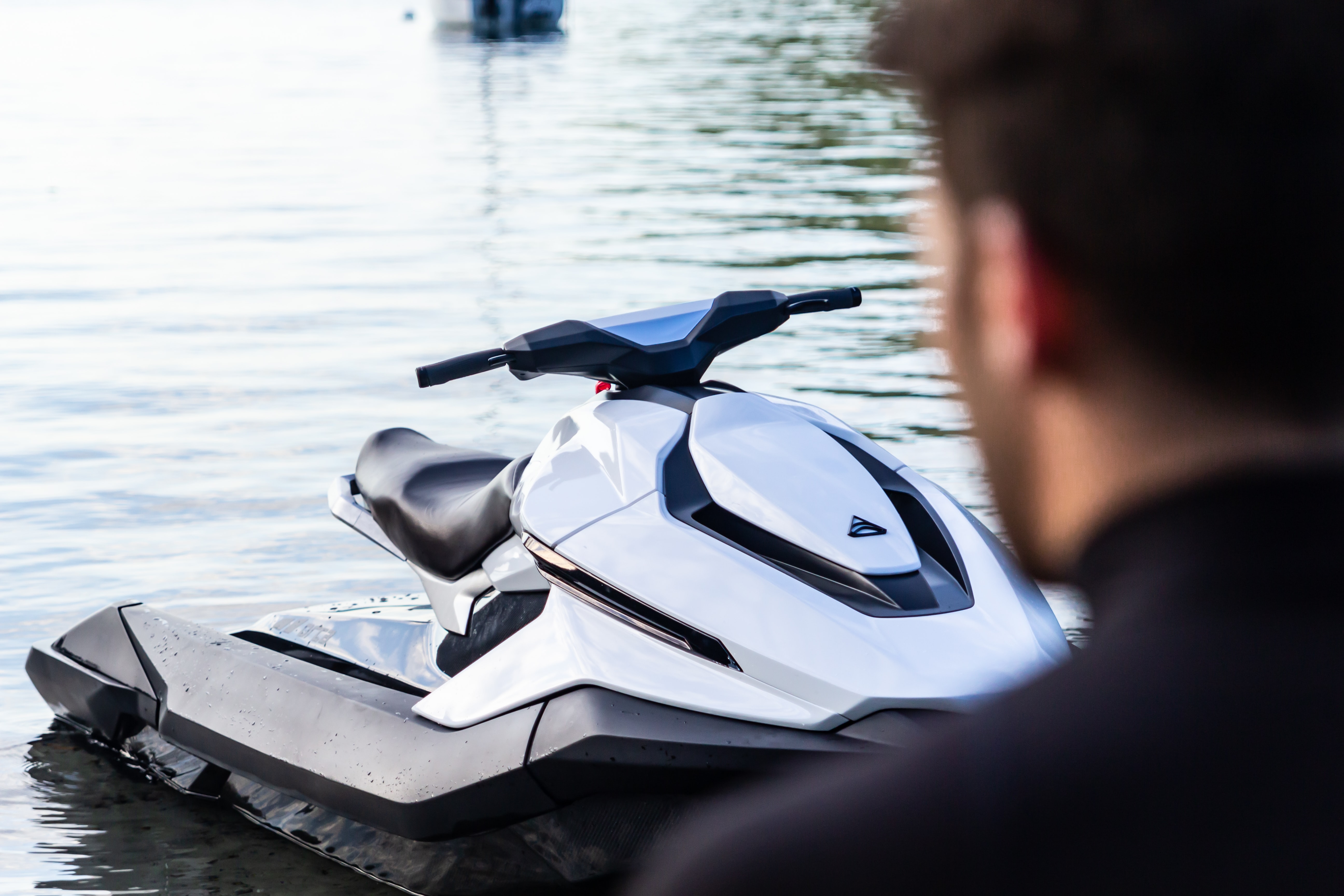LEARN
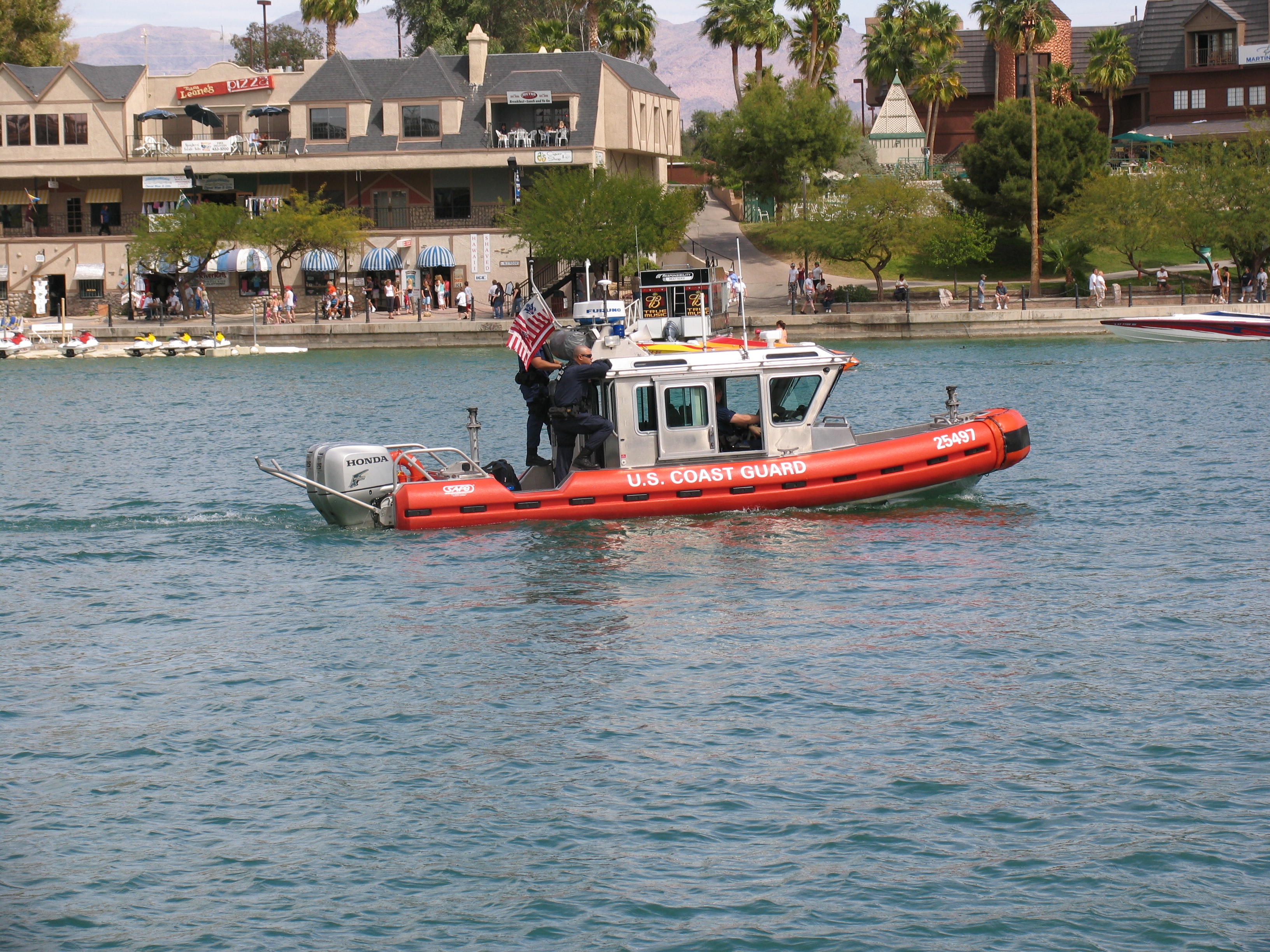
First, take a boating safety course. It will teach you the basics of operating watercraft and how to navigate safely. Classes are offered online or in-person. Enroll in a class with a qualified organization, sponsored by either the US Coast Guard, the US Power Squadron, or offered through your state’s boating authority.
Did we mentioned a boating safety course could save you money on your PWC insurance rate? It’s a win, win.
---------------
PRACTICE
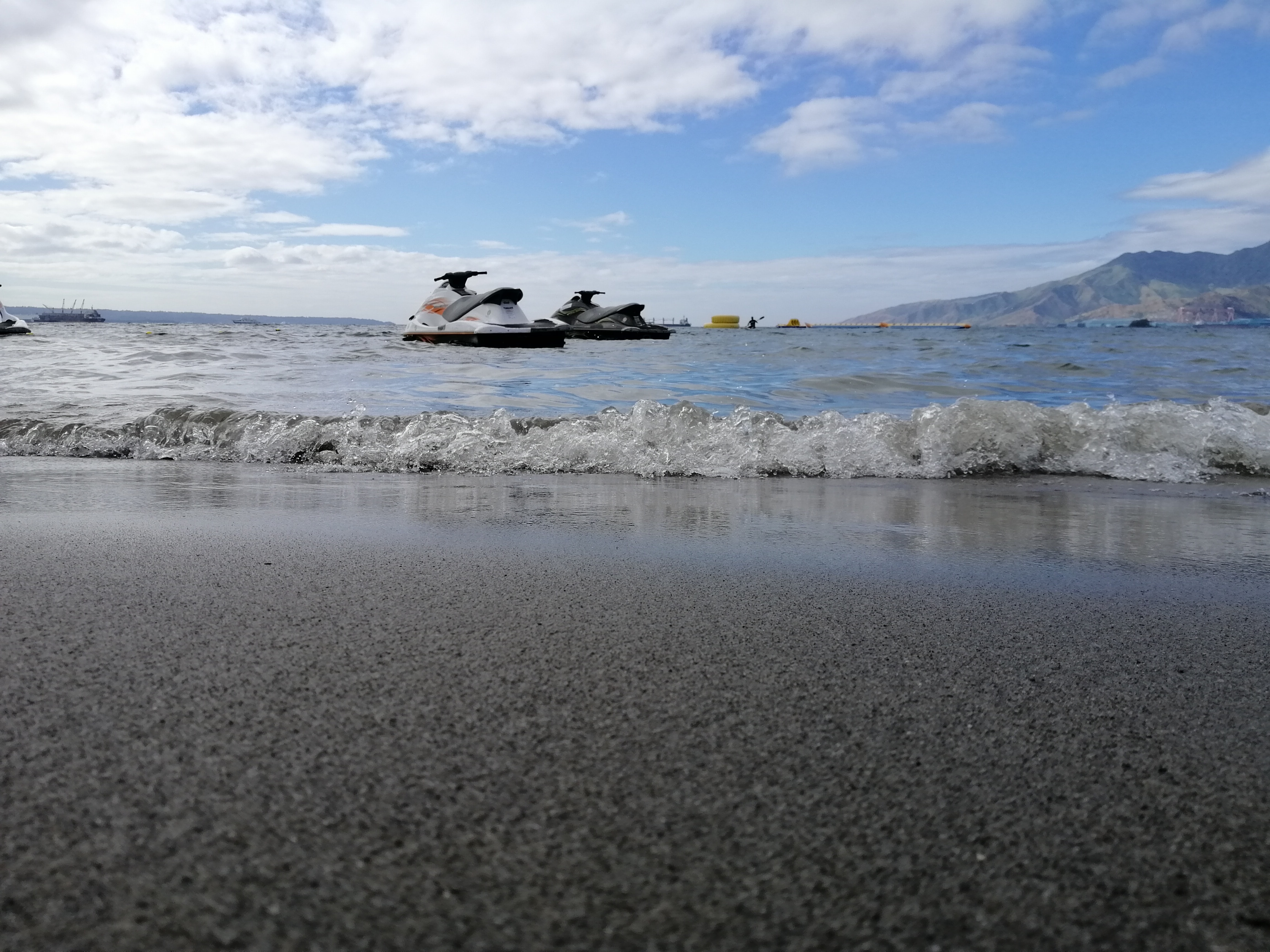
Once you have completed a boating safety course, it’s time to practice. Remember to operate at a cautious speed until you get the hang of the machinery. Pay attention to your surroundings and potential hazards like rocks, shallow waters, and other boats and PWCs. If you find yourself at risk of colliding with something, do not kill the engine abruptly. Rather, steer away from the hazard while keeping the throttle engaged at a low speed.
---------------
KEEP DISTANCE
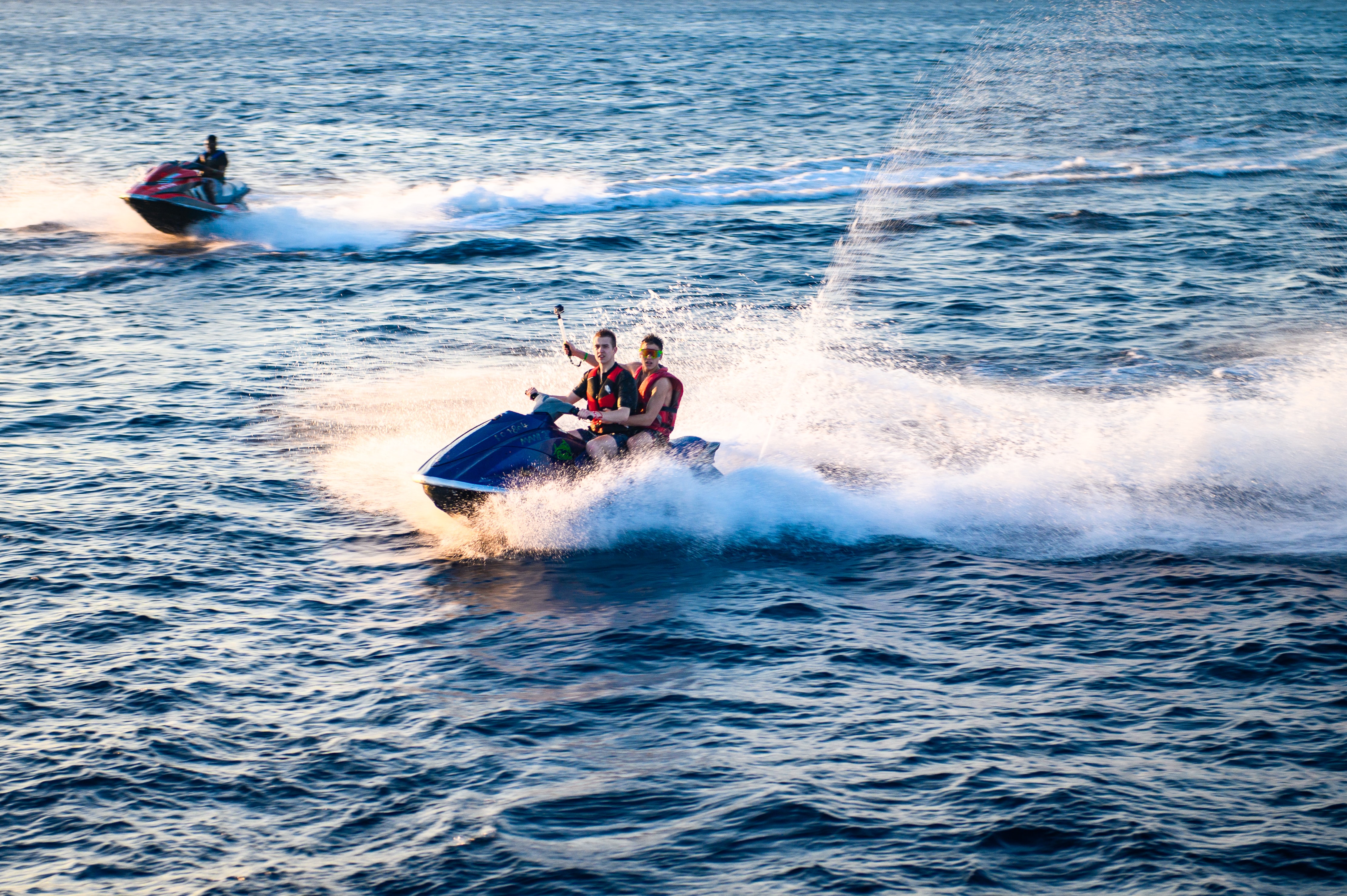
When driving a car, it’s always recommended to keep a proper distance from the vehicle in front of you. This space helps to avoid fender benders if that vehicle were to stop short. The same rule goes for operating watercraft. Most PWCs don’t actually have brakes, making it even more important to keep your distance from other watercraft. A good rule of thumb is to keep a 300-foot distance to avoid a collision.
---------------
STEERING
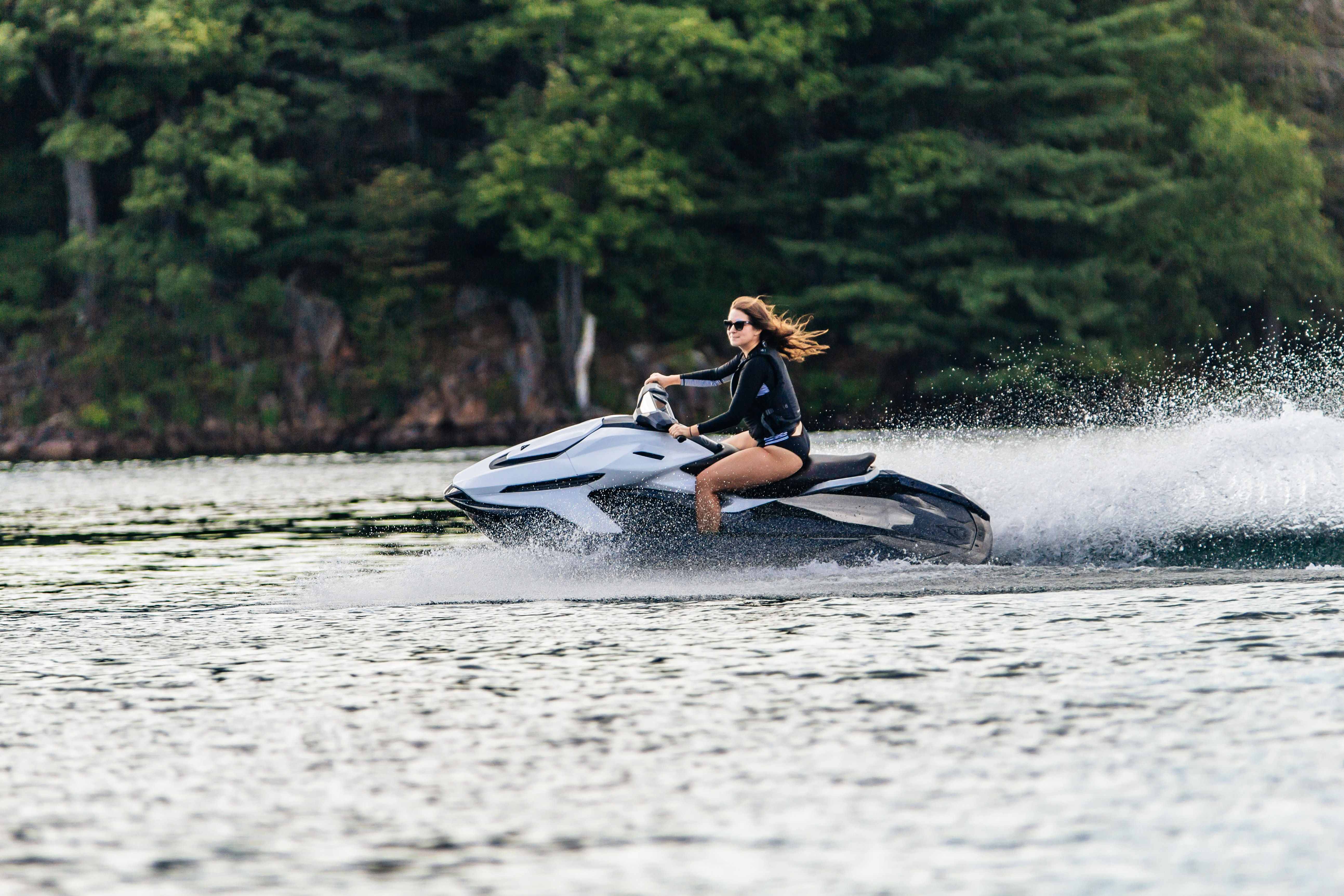
Remember – when you disengage the throttle of a PWC, steering capabilities become disengaged as well. Cutting the throttle to avoid an accident, as mentioned earlier, will cut off all steering mechanisms as well. Losing the ability to steer can increase the chances of an accident. That’s why we suggest steering away from the hazard versus killing the engine. You always want to maintain control of the vessel.
